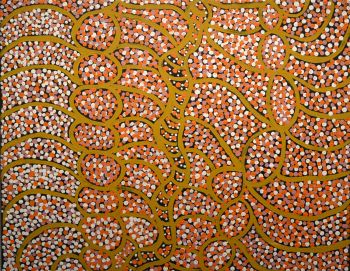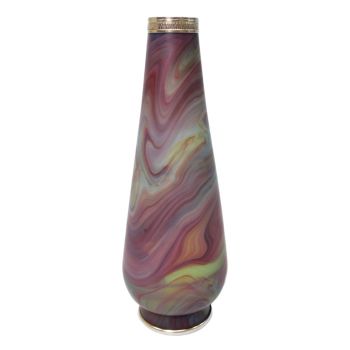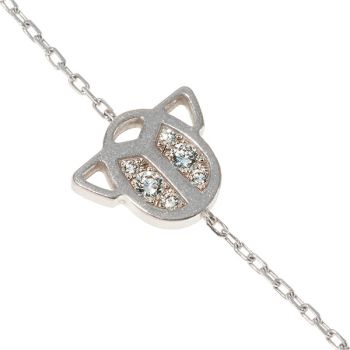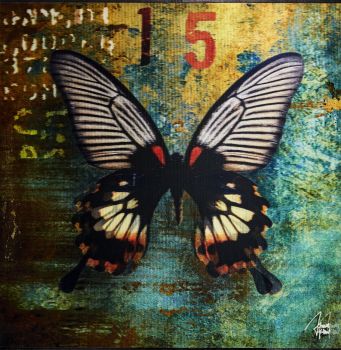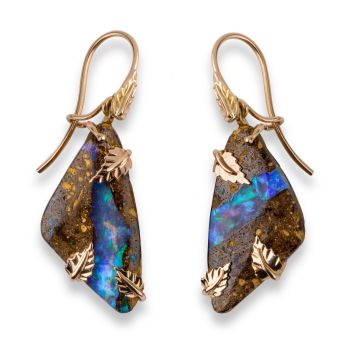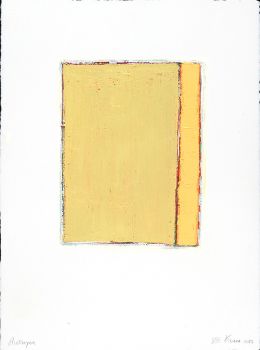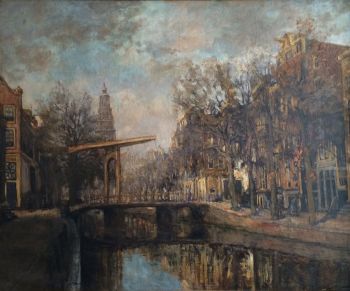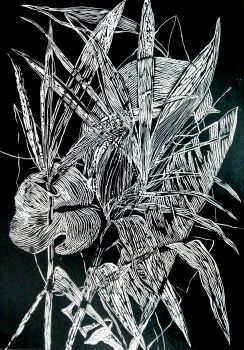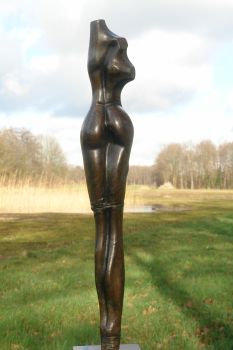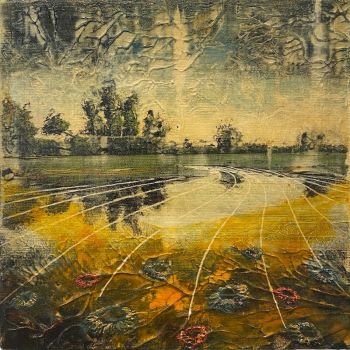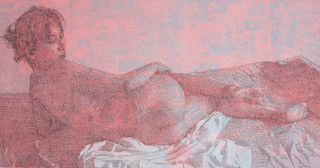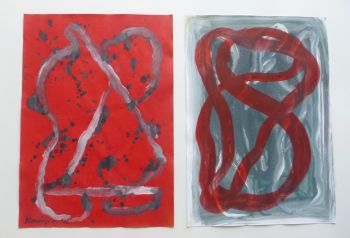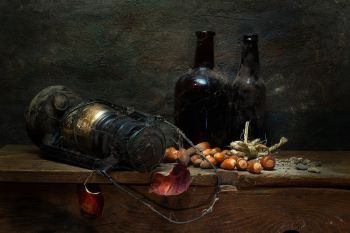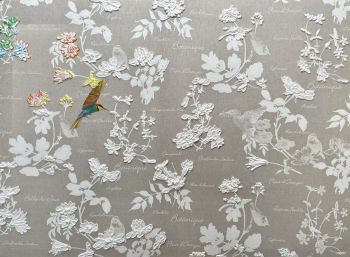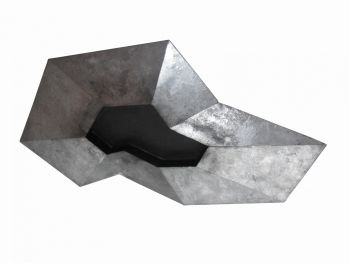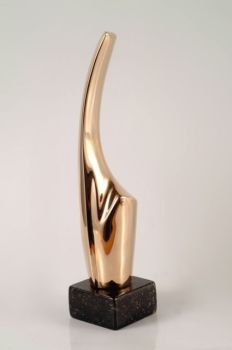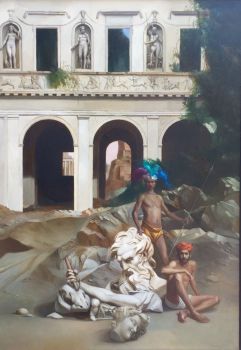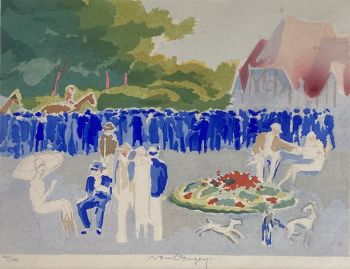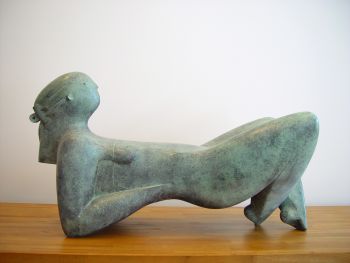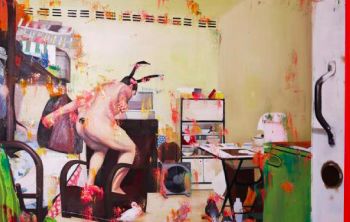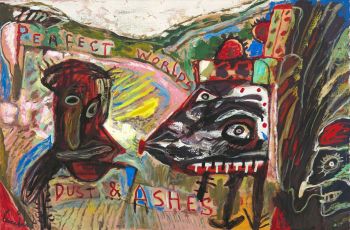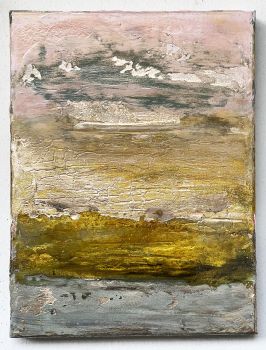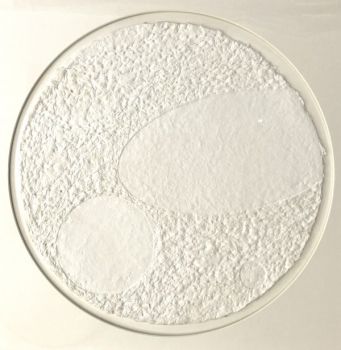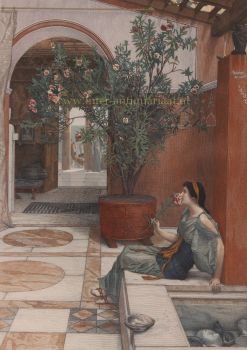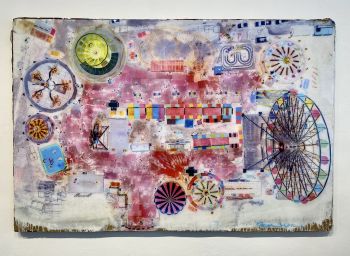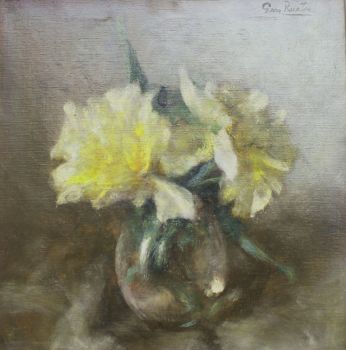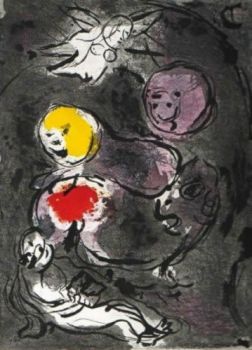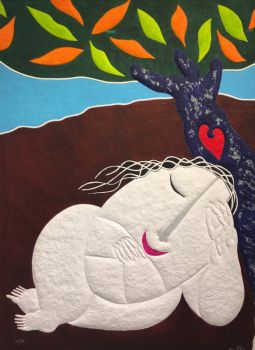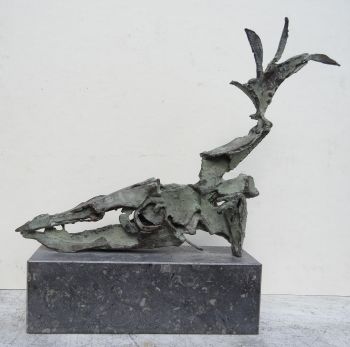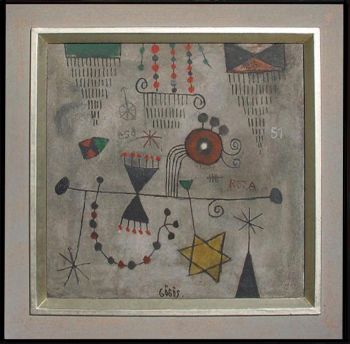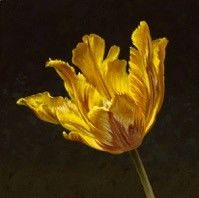Collecting art and how to create a fine art collection
Collecting art is sometimes jokingly referred to as 'the only healthy, incurable disease'. Collecting art or creating an art collection often stems from an irrepressible human inclination. An art collection therefore often reflects the personality of the collector. In this article we will explain more about the history of the first art collections, a little more about what types of collections you can start and what you should take into account if you eventually want to start a serious art collection.
What is an art collection or collection anyway?
'Collecting art' is not the same as 'buying art'. In both cases you buy (if all goes well) what attracts you, finds it beautiful or fascinating. But "buying art" is often more of a random, unrelated action based on your preferences or appeal at any given time. While collecting art is more about a goal-oriented, coherent activity and long-term vision.
An art collection or art collection is usually an ordered whole of visual art or applied art. A collection can be built around the work of one artist, or around a specific theme, or it can be composed based on the collector's own preferences.
 Part of the art collection of recently deceased singer David Bowie
Part of the art collection of recently deceased singer David Bowie
The history of art collections
Collecting and displaying art probably started in ancient Egypt, Greece and in Roman times. But the promotion, collection and display of visual art took place especially intensively in the late Middle Ages, where this was mainly the prerogative of the high church clergy and the nobility. Early forms of art collections by private individuals were also called the art rooms or Wunderkammer.
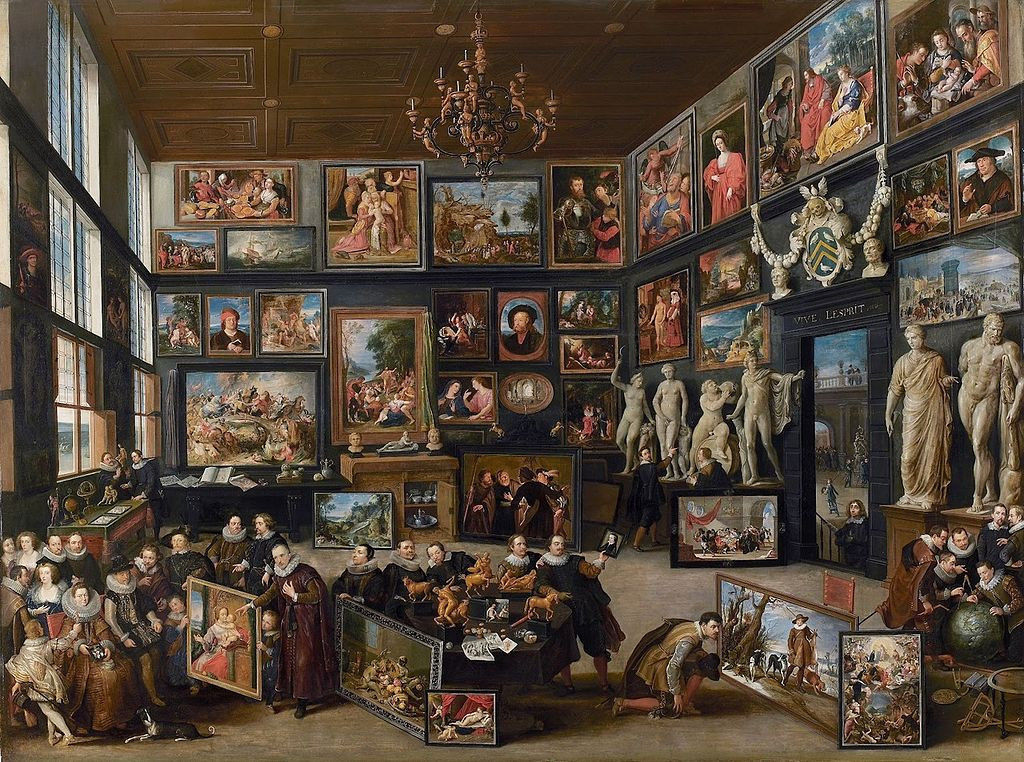 Example of an art room of Cornelis van der Geest, by Willem van Haecht (1628)
Example of an art room of Cornelis van der Geest, by Willem van Haecht (1628)
From about 1800, the emancipated bourgeoisie took over the role of patron, and set up a new type of organization for this purpose: that of the museum. As a public art property the museum also had a didactic function.
In the 20th century, in addition to the freely accessible museums, which were often in the hands of the government, new private art collections emerged in the legal form of a foundation or the English 'foundation'.
Art foundations were financially rigged by industrialists such as Friedrich Flick and Solomon Guggenheim. In this way they supported the artists and had a safe investment for their private wealth.
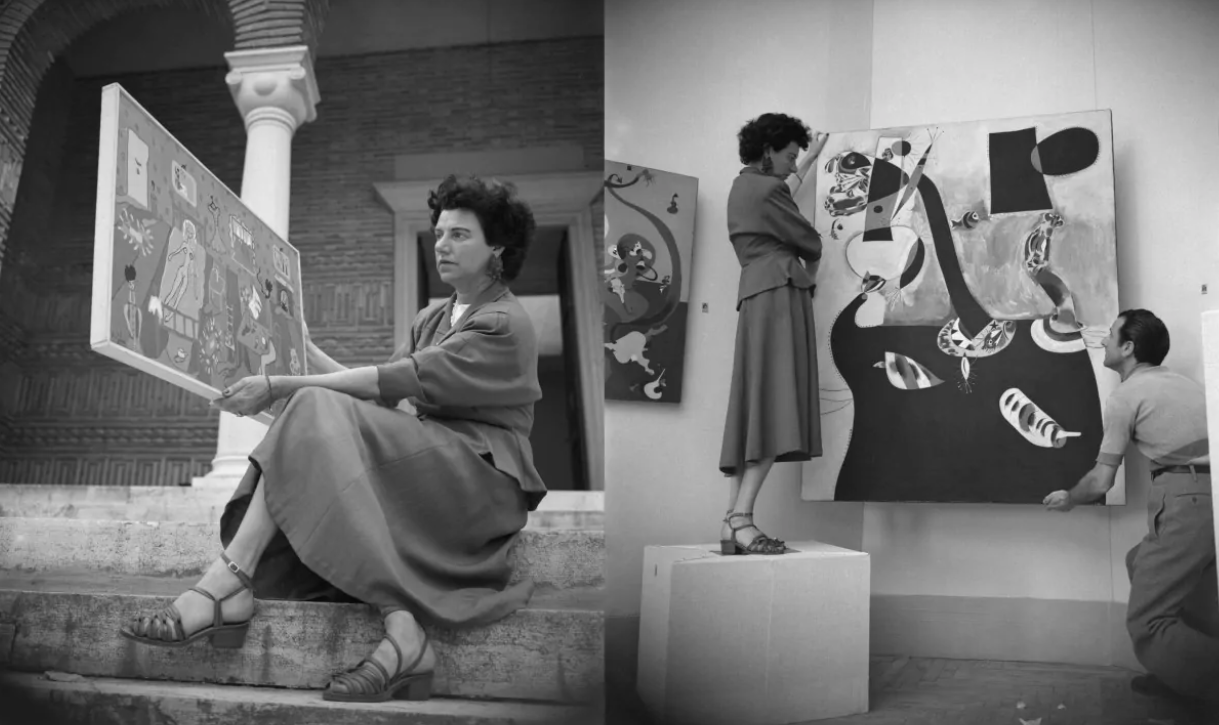 Peggy Guggenheim and her famous 'modern' art collection at the Peggy Guggenheim Museum in Venice
Peggy Guggenheim and her famous 'modern' art collection at the Peggy Guggenheim Museum in Venice
Nature of an art collection
Building up an art collection can therefore be done out of pure passion for art, but other considerations can also play a role, such as increasing status, demonstrating good taste, investment, art trade and/or as art historical documentation. An art collection can be kept or displayed at home, in a depot or housed in a museum.
Private collections are often built up on the basis of highly subjective preferences. Corporate collections are often built up on the basis of the expected value retention and/or chance of value increases
 Of course you don't have to be a 'major industrialist' to start your own art collection
Of course you don't have to be a 'major industrialist' to start your own art collection
What theme will you choose for your art collection?
The first step on the way to your own art collection is making choices so that the works of art fit together. So put the answers to a number of questions on paper. Do you want to focus on a certain era or movement (such as modern art, renaissance or pop art), a specific subject (such as landscapes or portraits) or different mediums (such as paintings, sculptures or installation art)? Do you want to focus on affordable art or the high-end market? What is the binding factor in your collection and what do you mainly want to focus on?
An art collection can be about the oeuvre of a single artist or a group of artists or about a certain style period. It can be geographically defined or can be built around one specific theme or a guiding idea. For example, an art collection can consist of works of contemporary art, ancient art, or, for example, historical clothing, silver utilities, fashion and design products even artistic made nativity scenes.
 The famous Japanese Pop-art artist Takashi Murakami and his extensive art collection
The famous Japanese Pop-art artist Takashi Murakami and his extensive art collection
A balanced collection has diversity, depth and a common thread. And "balanced" doesn't mean it's all the same. The collection can be very eclectic, for example hanging a Picasso next to a landscape from the seventeenth century. By hanging this next to each other, the individual works, if coordinated, can get much more depth with their own meaning. That is exactly what makes people interesting themselves: a versatile personality with a clear profile.'
 A good example of an art collection of contemporary and classical 'portraits' in the Rijksmuseum van Twente
A good example of an art collection of contemporary and classical 'portraits' in the Rijksmuseum van Twente
Important tips when setting up an art collection
If you plan to start your own art collection, a number of skills are important. You must be able to effectively research, evaluate and decide whether or not to buy the works of art that appeal to you.
The total of activities for forming an art collection are: discovering, buying, sorting, enumerating or cataloguing, managing, storing and ultimately displaying the collected works. An art collection requires time, strategy and attention.
 Building an art collection requires time, strategy, discipline and, above all, making choices
Building an art collection requires time, strategy, discipline and, above all, making choices
Last but not least, make sure you have good documentation. Keep all receipts, certificates of authenticity, and other relevant written or printed materials you receive with the art. Ask for as much of it as possible at the time of purchase. Also store and archive all related books, exhibition catalogs, gallery brochures, reviews, web pages and so on. Whenever possible, take a picture of the artists you collect, have them sign or sign catalogs, receipts, or gallery invitations for you.
It is also useful to be able to find this documentation in the event of an estate, as this will only make future valuations easier. It will not be the first time that the heirs would auction a work of art below market price because little or no information was left behind.
You can discover more art or search online here via Gallerease. We only offer high quality and curated art from the best galleries and artists!
* Image in the header: a glimpse into one of the art collections of the Barnes Foundation in Philadelphia, United States


